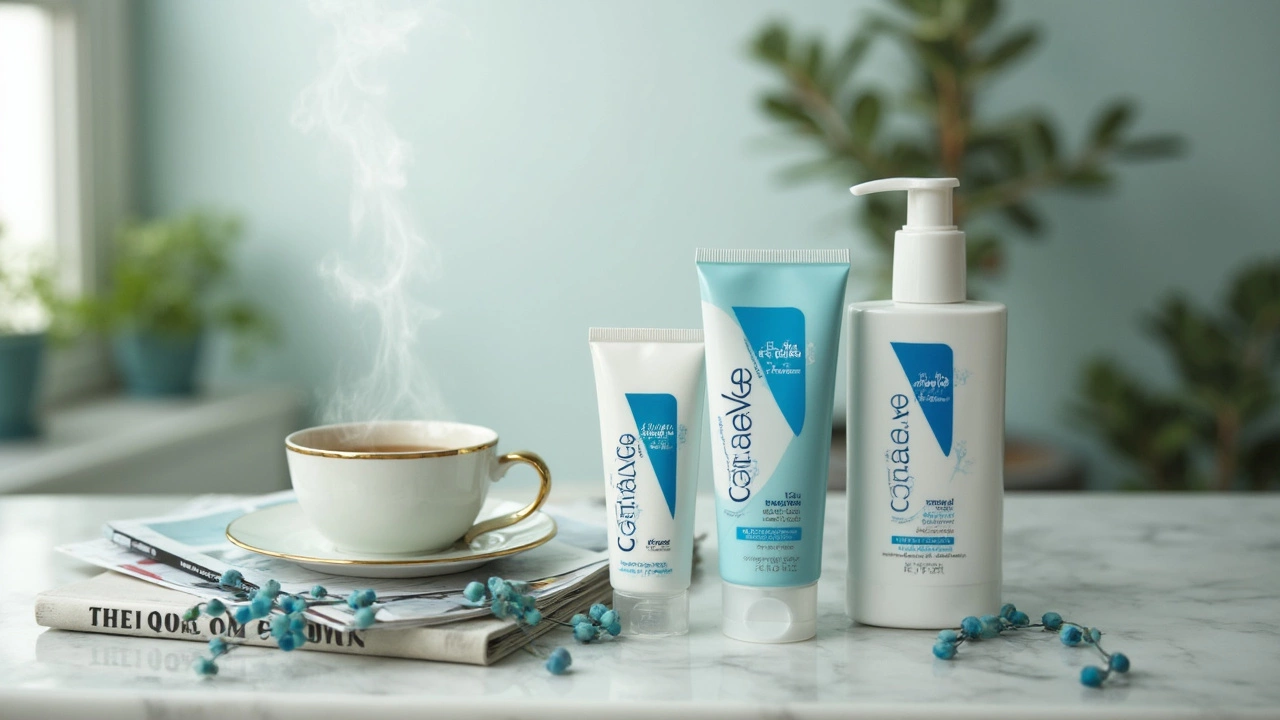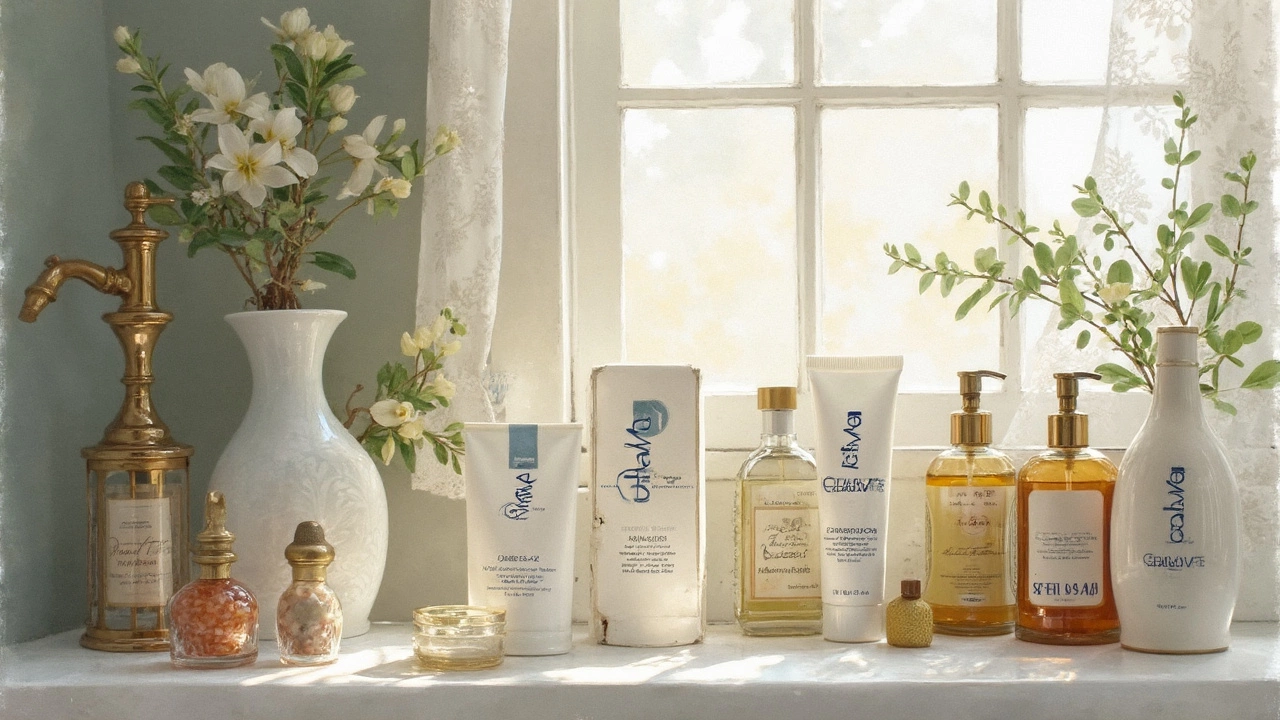CeraVe Skincare Guide: All You Need to Know
If you’ve ever wondered what makes CeraVe so popular, you’re not alone. The brand is everywhere – from drugstores to beauty blogs – and it’s praised for being gentle, effective, and affordable. In plain terms, CeraVe formulas focus on restoring skin’s natural barrier, which is why dermatologists often recommend them for dry, sensitive, or acne‑prone skin.
What sets CeraVe apart isn’t fancy packaging or hype. It’s the science behind the ingredients. The core trio – ceramides, hyaluronic acid, and niacinamide – work together to lock in moisture, calm irritation, and keep the skin balanced. Because these ingredients are added in thoughtful amounts, the products feel light on the skin yet deliver lasting hydration.
Key Ingredients That Make CeraVe Effective
Ceramides are lipids that act like mortar between skin cells. When the barrier is weak, you notice flakiness, redness, and breakouts. CeraVe includes three essential ceramides (1, 3, and 6‑II) that repair that mortar and keep water from escaping.
Hyaluronic Acid is a molecule that can hold up to 1,000 times its weight in water. In CeraVe moisturizers, it pulls moisture from the air into the skin, giving you a plump, smooth look without a greasy feel.
Niacinamide (vitamin B3) reduces inflammation and improves skin tone. It’s especially helpful for people dealing with acne, rosacea, or uneven texture.
All CeraVe products are fragrance‑free, non‑comedogenic, and formulated to be gentle enough for daily use. That means you can layer them without worrying about irritation or clogged pores.
How to Build a CeraVe‑Based Routine
Start with a clean canvas. Choose a CeraVe cleanser that matches your skin type – the Hydrating Cleanser for dry skin, the Foaming Cleanser for oily or acne‑prone skin, or the Renewing SA Cleanser if you need gentle exfoliation. Apply the cleanser once or twice a day, massage for 30 seconds, then rinse with lukewarm water.
After cleansing, seal in moisture. The classic CeraVe Moisturizing Cream is a go‑to for most people because it packs all three ceramides, hyaluronic acid, and a buttery texture that lasts all day. If you prefer something lighter, the Daily Moisturizing Lotion offers the same barrier‑repair ingredients in a fast‑absorbing formula.
For extra protection, add a sunscreen with at least SPF 30. CeraVe’s Hydrating Mineral Sunscreen blends zinc oxide with their ceramide base, so you keep the barrier strong while shielding your skin from UV damage.
If you’re dealing with specific concerns, pick a targeted product. The CeraVe Eye Repair Cream adds a touch of ceramides and a gentle peptide mix to reduce dark circles. The CeraVe PM Facial Moisturizing Lotion includes niacinamide and peptide blends for nighttime repair.
Stick to this routine for a few weeks and you’ll notice less dryness, fewer breakouts, and a smoother overall texture. Because CeraVe’s formulas are designed for everyday use, they won’t cause sudden changes or irritation – just steady, quiet improvement.
Bottom line: CeraVe works because it focuses on the basics – a strong skin barrier, proper hydration, and calm inflammation. Whether you’re new to skincare or looking for a reliable backup, the brand offers a simple, science‑backed path to healthier skin.
CeraVe Meaning: What Does the Skincare Brand Actually Stand For?
Ever wondered what CeraVe actually stands for? This article breaks down the name's real meaning, reveals how ceramides power your daily skincare, and clears up why CeraVe pops up in so many routines. Get easy tips for making the most out of these products, and learn what makes CeraVe a favorite—even if your skin is picky.
Is CeraVe Medical Grade? Unraveling Professional Skincare
CeraVe, a popular skincare brand, often raises the question of whether it qualifies as medical grade. Understanding what 'medical grade' means is key to addressing this. While CeraVe is not technically medical grade, it is formulated with dermatologist-approved, beneficial ingredients. This article explores the effectiveness of CeraVe and its place in skincare routines.

